Navigating the Annual Casual Conversion Requirement: A Guide for Employers and Employees
In the hustle and bustle of the employment world, change is the one thing you can count on. In mid-2021, Australia introduced a pivotal change in employment regulations, particularly impacting employers with 15 or more staff members. This was the introduction of the annual casual conversion requirement, a game-changer that requires employers to offer a more permanent role to their casual employees.
So, what is the ‘casual conversion’ requirement? Embedded in the National Employment Standards (NES), it presents casual employees with the opportunity to transition to permanent employment after completing 12 months of work with a regular pattern of hours.
Now, I know, rules can be a bit daunting, but bear with me. If you are an employer (excluding small businesses with less than 15 employees), you are obligated to make a written offer for permanent employment within 21 days after the employee’s 12-month anniversary, but there are certain criteria that need to be met:
The employee has been employed for 12 months;
there has been a consistent and regular pattern of hours over the last 6 months; and
the employee can continue working these hours as either a full-time or part-time employee without significant changes.
The offer must align with the employee’s established pattern - full-time if their hours mirror full-time hours or part-time if they have worked less than full-time hours. You might, however, have reasonable grounds for not offering ongoing employment, and this needs to be communicated to the employee.
Once an offer has been made, the employee has the right to choose. They have the right to decline the offer, as not everyone prefers permanent employment. This provision recognises the diverse preferences and needs of the workforce.
Small business owners, you are not entirely left out here, though. While you are not obligated to initiate the offer, an eligible casual employee can tap you on the shoulder anytime after their 12-month anniversary and independently request a conversion.
And a note for those eligible casual employees, you can make a request for conversion every six months. Yes, even if a previous request was denied - people change, circumstances change, and you may feel ready to reapply.
Employers must respond in writing within 21 days of the request being made, either saying “let’s do this” or refusing the request. Refusals must be based on reasonable grounds, such as the employee's position not likely to continue, expected significant reductions in hours, or uncertain business circumstances.
If everything aligns and it’s a “yes” from both parties, then it is time to sit down to discuss the details of the new employment arrangement - full-time or part-time, hours, start date, etc. This information should be confirmed in writing within 21 days, and once confirmed, the permanent employment can start as agreed.
Understanding and complying with the annual casual conversion requirement is crucial for employers and employees alike. It promotes fairness, transparency, and flexibility in the ever-evolving landscape of employment. Employers should stay informed about the regulations and engage in open communication with their workforce, ensuring a harmonious and compliant working relationship.
Need help to understand this new requirement or ensure compliance within your other HR processes? Get in touch with me today.

